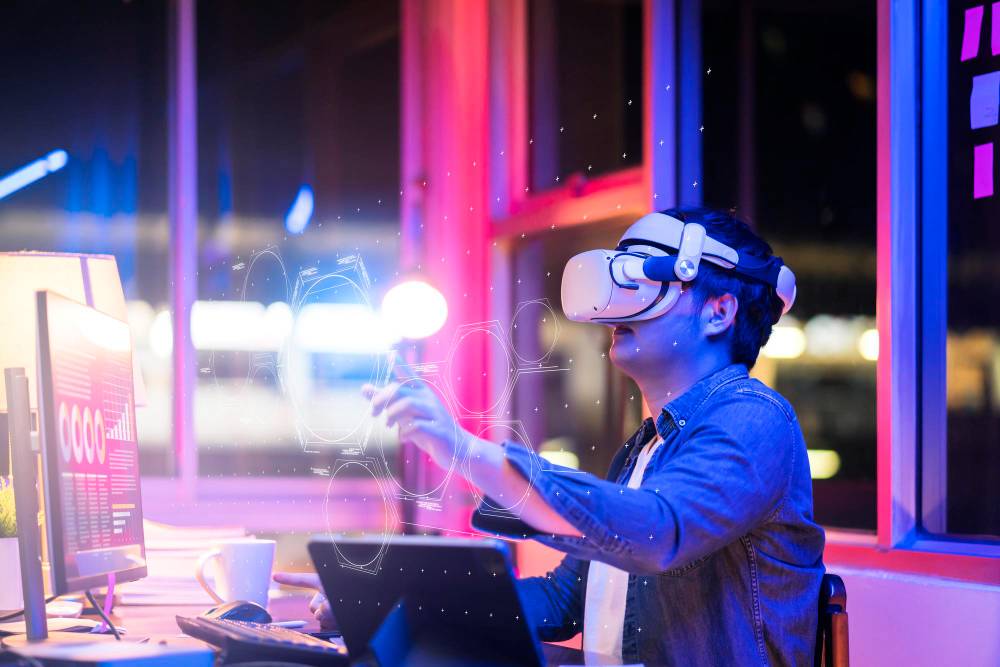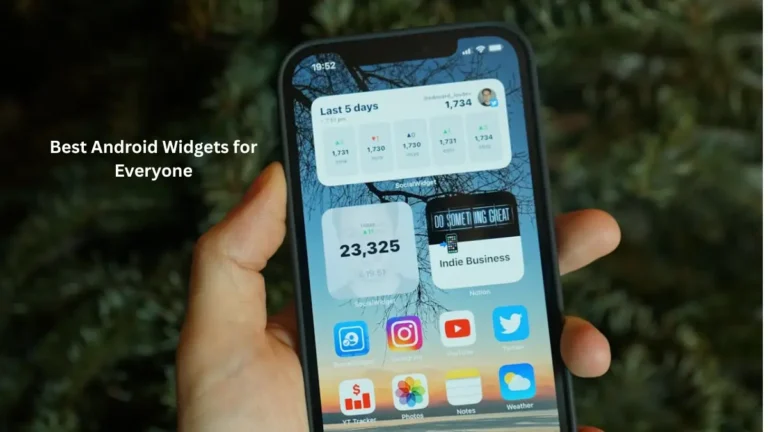We are introducing you to two revolutionary technologies that have been a part of your life for a decade. Many of you have been using these technologies daily, unaware of how they work. Know about Augmented Reality vs. Virtual Reality in this article.
Let’s shed some light on what they actually stand for.
One of the simplest ways to distinguish between the two is to understand the technologies and how they work. Augmented Reality, also often referred to as AR, is a technology that adds an overlay of the digital world over the real environment. Virtual Reality or VR, on the other hand, deals with a completely new world set in a virtual space.
Understanding AR and VR with Examples:
Augmented Reality:
Consider the animal ear filters or flower tiara filters, such as the ones we often see on social media platforms such as Snapchat, Instagram, and Facebook. These Filters will overlay your faces with dog ears, tongues or flower tiara and apply some effects that will still be an overlay. But as you can see from the below screenshot, your original image remains the same. These are the elements of the real environment.

Virtual Reality:
Consider the leading metaverses and VR gaming platforms as live examples of Virtual Reality. For example, games such as Beat Saber, Half-life: Alyx and Star Trek: Bridge Crew are set in a Virtual environment with an immersive experience that can only be accessed via VR equipment.

Equipment Required To Access the Respective Technology:
Augmented Reality:
Trackers and Sensors: These equipments would be necessary for the AR application or filter designer or developers. You’ll require the following: Quality Digital Camera, Optical Sensors, Wireless Sensors, Global positioning system (GPS), Radio Frequency Identification, accelerometers, and Solid state compasses.
Devices to Access the technology: Devices such as smartphones and computer screens that have touch screens, gestures features, microphones, pointers, stylus, etc. The users can also use AR glasses, lenses, and tablets to watch these AR overlays.
Virtual Reality:
Trackers, Controllers, and Sensors: While there are plenty of similarities between AR and VR, VR requires a different approach. It heavily relies on the use of controllers to navigate through the virtual world. It also uses gyroscopes, accelerometers, and magnetometers.
Devices to Access the technology: Users can use high-end VR goggles to enter these VR worlds. They’ll also require VR controllers, Trackers, Cable management tools for the VR room setup, and a charging dock for their devices.
Applications of AR and VR:
Augmented Reality:
- Leveraging AR technology in the eCommerce & Retail Industry. Ikea’s Place app, Sephora’s Virtual Artist, Amazon & Loarea’s Lipstick try-ons, and Nike’s Fit are all exceptional examples of this application of AR.
- Social Media Using AR to Its complete potential. Right now, popular social media platforms such as Snapchat, Facebook, and Instagram are using AR filters to generate content daily.
- Creating interactive learning opportunities for students across all fields and ages. From school classes to interns to professionals, everyone will have access to a better learning platform equipped with AR.
- Businesses can use augmented reality to create interactive filters and apps that can promote customer engagement and increase brand awareness. It is an exceptional marketing tactic that can help you get the most out of your investment.
Virtual Reality:
- Offer exceptional interactive learning tools that take learning to a whole new level. Consider interactive surgical products, interactive astronomical models, and interactive physics models. It could help students understand and recall the concepts much easier.
- In the same lieu, the driving schools can also create simulations to help new learners experience and learn through real-life driving experiences.
- The travel industry also has a lot to benefit from VR. They can create VR tours, capturing the essence of museums and places that remain set in time, and helping visitors explore these beautiful faraway places.
- It can also help in employee training. Businesses can invest in VR training modules that can significantly help their employees upskill and improve their productivity.
Wrapping Up,
Augmented Reality and Virtual Reality are two separate yet complementary technologies that have changed the course of technological advancement. Both of the technologies are used by people all across the world and offer a host of benefits and applications across major industries. Understanding these benefits can help you better explore the opportunities offered by VR and AR.




